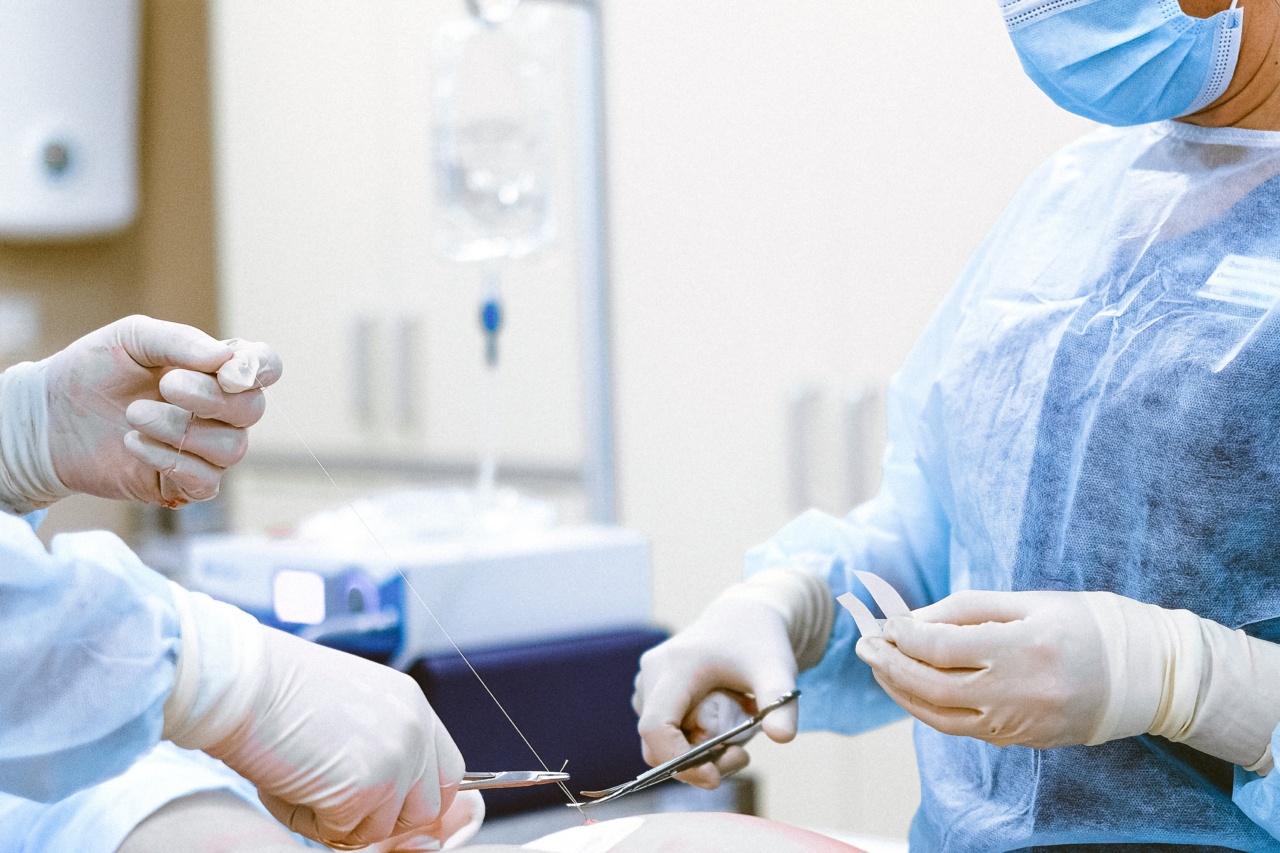Glaucoma is a group of eye conditions that can cause damage to the optic nerve, resulting in vision loss or blindness. While there is no known cure for glaucoma, there are several dietary strategies that may help prevent or delay its onset.
By incorporating certain foods and nutrients into your diet, you can potentially reduce your risk of developing glaucoma and promote overall eye health.
1. Antioxidant-rich Foods
Antioxidants play a crucial role in protecting the eyes from damage caused by oxidative stress. Consuming foods high in antioxidants can help reduce the risk of glaucoma. Include plenty of fruits and vegetables in your diet, such as:.
- Blueberries
- Spinach
- Kale
- Broccoli
- Carrots
- Oranges
- Bell peppers
These foods are rich in antioxidants like vitamin C, vitamin E, and beta-carotene, which can help protect the eyes against oxidative damage.
2. Omega-3 Fatty Acids
Omega-3 fatty acids are essential fats that have been shown to have numerous health benefits, including promoting eye health. Studies suggest that consuming omega-3 fatty acids may help lower the risk of glaucoma.
Good sources of omega-3 fatty acids include:.
- Fatty fish (salmon, sardines, mackerel)
- Flaxseeds
- Chia seeds
- Walnuts
Incorporating these foods into your diet can support eye health and potentially reduce the risk of developing glaucoma.
3. Green Tea
Green tea is rich in antioxidants called catechins, which have been shown to have numerous health benefits. Some studies suggest that the antioxidants in green tea may help protect against glaucoma by reducing intraocular pressure (IOP).
IOP is a major risk factor for glaucoma. Including green tea as part of your daily routine may offer protective effects against the development of glaucoma.
4. Reducing Caffeine Intake
High caffeine intake has been associated with an increased risk of elevated IOP, which is a risk factor for glaucoma. Limiting your caffeine consumption, especially from coffee and energy drinks, may help maintain healthy eye pressure.
Opt for decaffeinated beverages or herbal teas instead.
5. Vitamin C and Vitamin E
Vitamin C and vitamin E are powerful antioxidants that help protect the eyes from oxidative stress. Some studies suggest that adequate levels of these vitamins in the diet may reduce the risk of developing glaucoma.
Incorporate foods rich in vitamin C, such as citrus fruits, berries, and dark leafy greens. Foods high in vitamin E include nuts, seeds, and vegetable oils.
6. Low Sodium and High Potassium
Consuming a diet high in sodium and low in potassium may increase the risk of developing glaucoma. High sodium intake can lead to fluid retention and elevated blood pressure, which can contribute to increased IOP.
On the other hand, potassium-rich foods can help regulate fluid balance and lower blood pressure. Include foods like bananas, avocados, sweet potatoes, and leafy greens to maintain a healthy balance of sodium and potassium in your diet.
7. Avoid Trans Fats
Trans fats are unhealthy fats that can contribute to various health problems, including cardiovascular disease. Some studies suggest that a high intake of trans fats may increase the risk of glaucoma.
Avoid commercially baked goods, fried foods, and processed snacks that often contain trans fats. Opt for healthier fat sources like olive oil, avocados, and nuts.
8. Magnesium-rich Foods
Magnesium is an essential mineral that plays a vital role in maintaining eye health. Some studies have found that higher magnesium intake may be associated with a reduced risk of glaucoma. Include magnesium-rich foods in your diet, such as:.
- Leafy greens (spinach, kale, Swiss chard)
- Whole grains
- Nuts and seeds
- Legumes
These foods can contribute to your overall magnesium intake and potentially protect against glaucoma.
9. Regular Hydration
Adequate hydration is crucial for maintaining overall eye health. Staying properly hydrated helps ensure that your eyes stay lubricated and can reduce the risk of dry eyes, which is a common symptom of glaucoma.
Aim to drink at least eight glasses of water per day and include hydrating foods like watermelon, cucumbers, and oranges in your diet.
10. Balanced Diet and Weight Management
Adopting a balanced diet and maintaining a healthy weight can contribute to reducing the risk of developing glaucoma. Being overweight or obese has been associated with an increased risk of glaucoma.
Incorporating a variety of nutrient-rich foods and practicing portion control can help manage weight and support overall eye health.





























